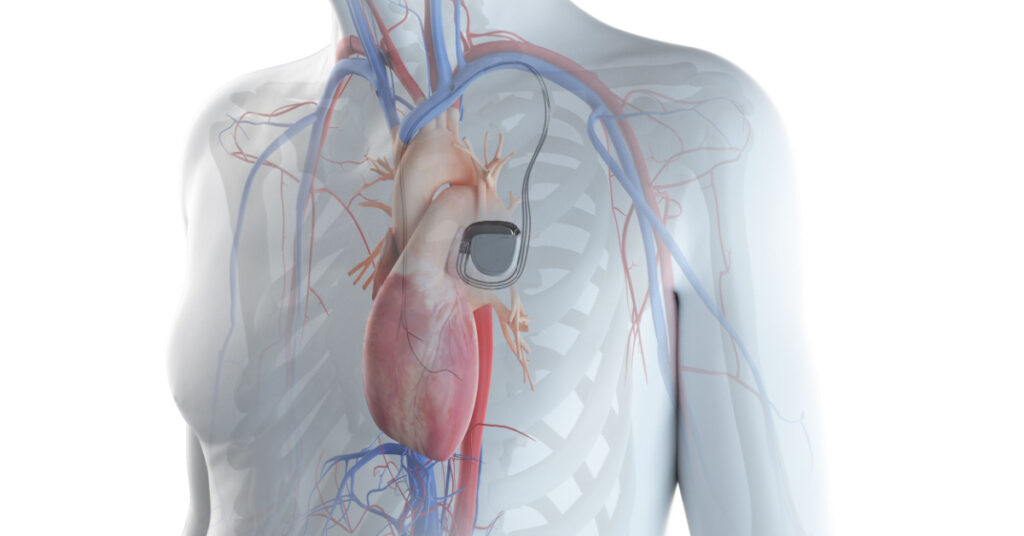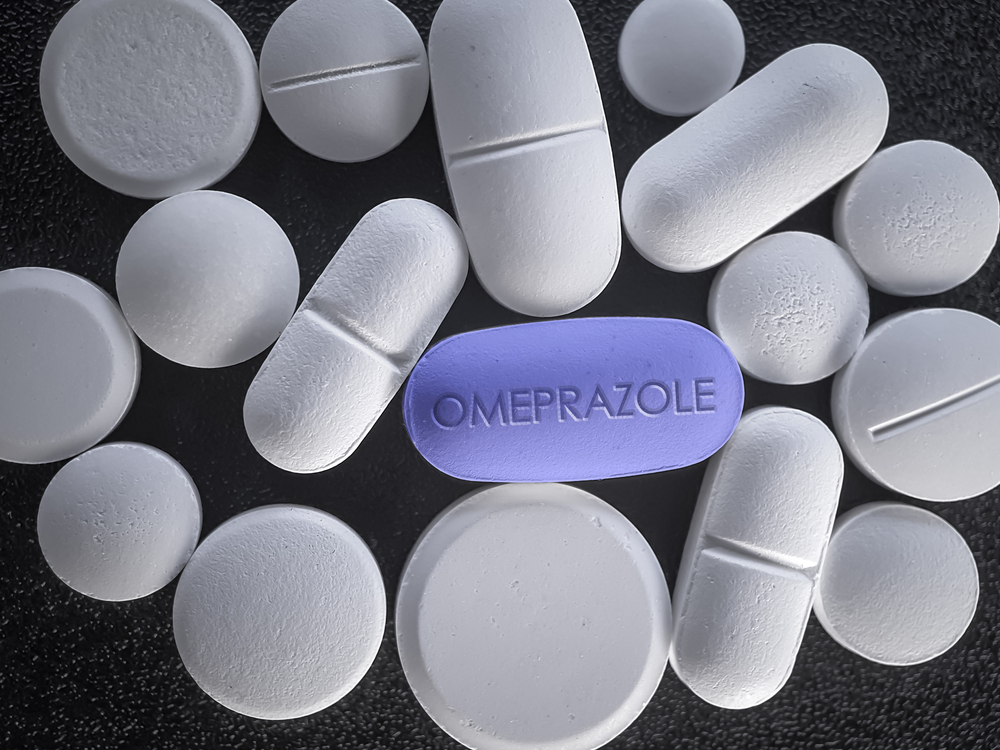Introduction
Implantable cardioverter-defibrillators (ICDs) have demonstrated remarkable success in reducing mortality rates among patients with heart disease, leading to a significant increase in their use. These devices prevent sudden cardiac death (SCD) by delivering anti-tachycardia pacing and high-energy shocks during malignant ventricular arrhythmias. While external electrical therapies like cardioversion or defibrillation have been known to cause burns of varying degrees, there is no documented evidence of skin and subcutaneous tissue burns resulting from ICD shocks. However, recent research has highlighted a rare and fascinating case of a 22-year-old male patient who experienced thermal injuries due to the repeated use of ICD defibrillators. The patient suffered from a rare genetic disorder that caused his heart to beat irregularly and required multiple ICD implants over the years. The burns were caused by the heat generated while delivering high-energy shocks. This case study sheds light on a previously unreported side effect of ICD therapy and underscores the importance of close monitoring and follow-up care for patients with implanted devices.
Case
The patient had a medical history of myocarditis, ventricular fibrillation, and a previous cardiac arrest outside the hospital. A single-chamber ICD was implanted to regulate the patient’s heartbeats. Upon admission to the hospital, the patient reported experiencing multiple appropriate ICD shocks, possibly triggered by intense exercise. During the examination, tenderness and swelling were detected at the site where the ICD was implanted, but the patient didn’t have a fever. After the device interrogation, the patient was discovered to have monomorphic ventricular tachycardia, an abnormal heart rhythm. The initial troponin levels were elevated and peaked significantly. Imaging studies were conducted to evaluate the extent of the injury, which ruled out sarcoidosis and revealed inflammation in the chest wall caused by multiple ICD shocks. Eventually, the medical team concluded that the ventricular tachycardia episode was due to scar tissue, a common complication in patients with an implanted ICD. The patient was treated accordingly, and necessary steps were taken to avoid such difficulties.
The Importance of PET CT Scan
Positron emission tomography combined with computed tomography (PET CT) is a valuable diagnostic tool in identifying infectious and inflammatory conditions. However, there is a shortage of literature on the potential benefits of PET CT in assessing soft tissue damage resulting from ICD shocks. Although soft tissue injuries are not always immediately visible, they can lead to long-term consequences such as chronic pain and functional impairment. Therefore, it is imperative to explore the usefulness of PET CT in evaluating soft tissue damage caused by ICD shocks.
Discussion
ICDs are highly effective life-saving devices to prevent SCD in malignant arrhythmias. Although ICD shocks have minimal impact on subcutaneous tissues, repeated shocks can sometimes lead to chest wall inflammation, causing pain, swelling, and potential damage. It is important to note that these symptoms can sometimes be misinterpreted as signs of an infection or bleeding. It is also worth mentioning that while there are reports of skeletal muscle injury following ICD shocks, such damages may not be detectable via conventional imaging techniques. Overall, ICDs are valuable tools in preventing SCD, and proper monitoring and care can help mitigate any potential risks associated with their use.
Conclusion
As ICDs continue to increase, physicians may encounter patients who have experienced ICD shocks. It’s important to recognize that repeated discharges can result in thermal injuries to subcutaneous tissues. While extensive testing is generally unnecessary for management, a recent case has highlighted the possibility of subcutaneous tissue injury that can be detected through PET CT. Therefore, more research is needed to understand the impact of ICD shocks on soft tissue structures and to develop effective management strategies. Medical professionals can improve clinical practices and enhance patient outcomes by obtaining such comprehensive knowledge.
References
Perez, C., Banchs, J., Strober, M.D., et al. An Uncommon Case of Thermal Burn from Repetitive Implantable Cardioverter-Defibrillator Shocks Seen on Positron Emission Tomography/Computed Tomography Scan. HeartRhythm Case Reports (2023).https://doi.org/10.1016/j.hrcr.2023.05.007




